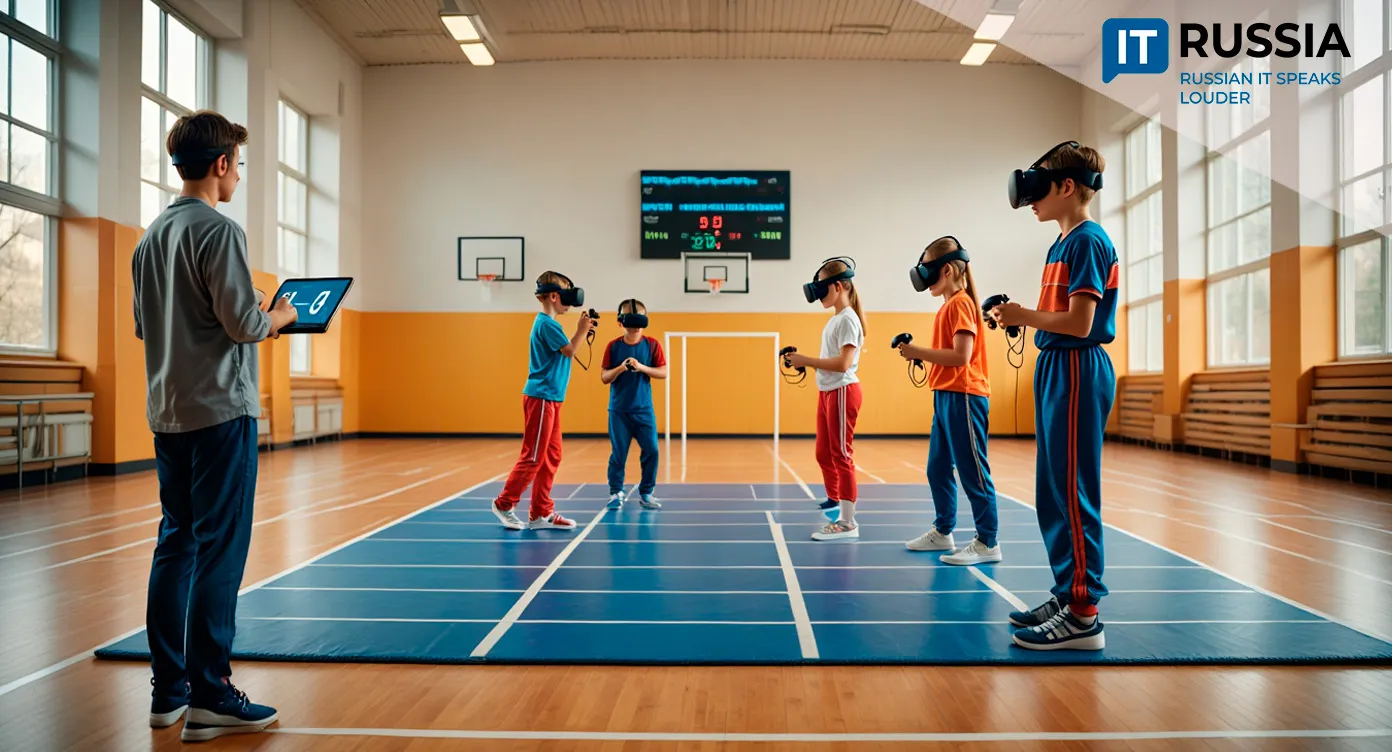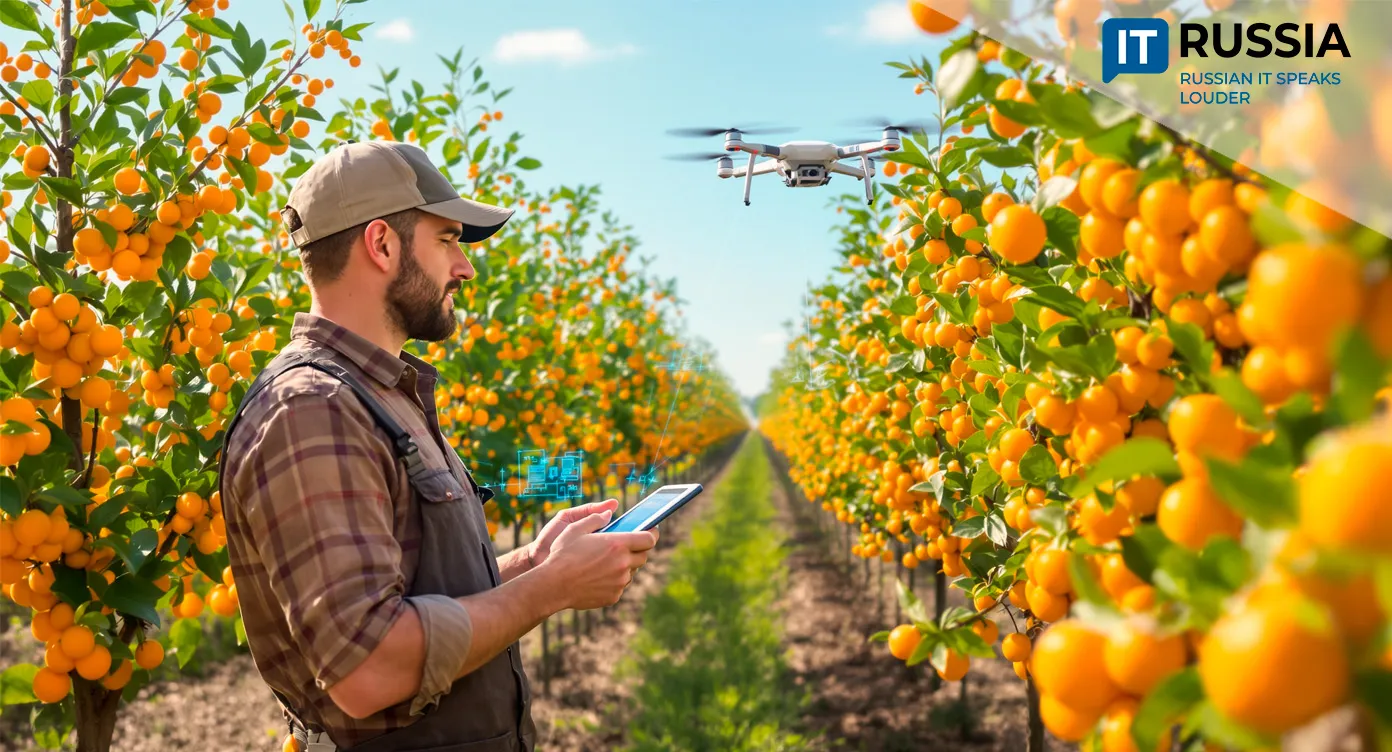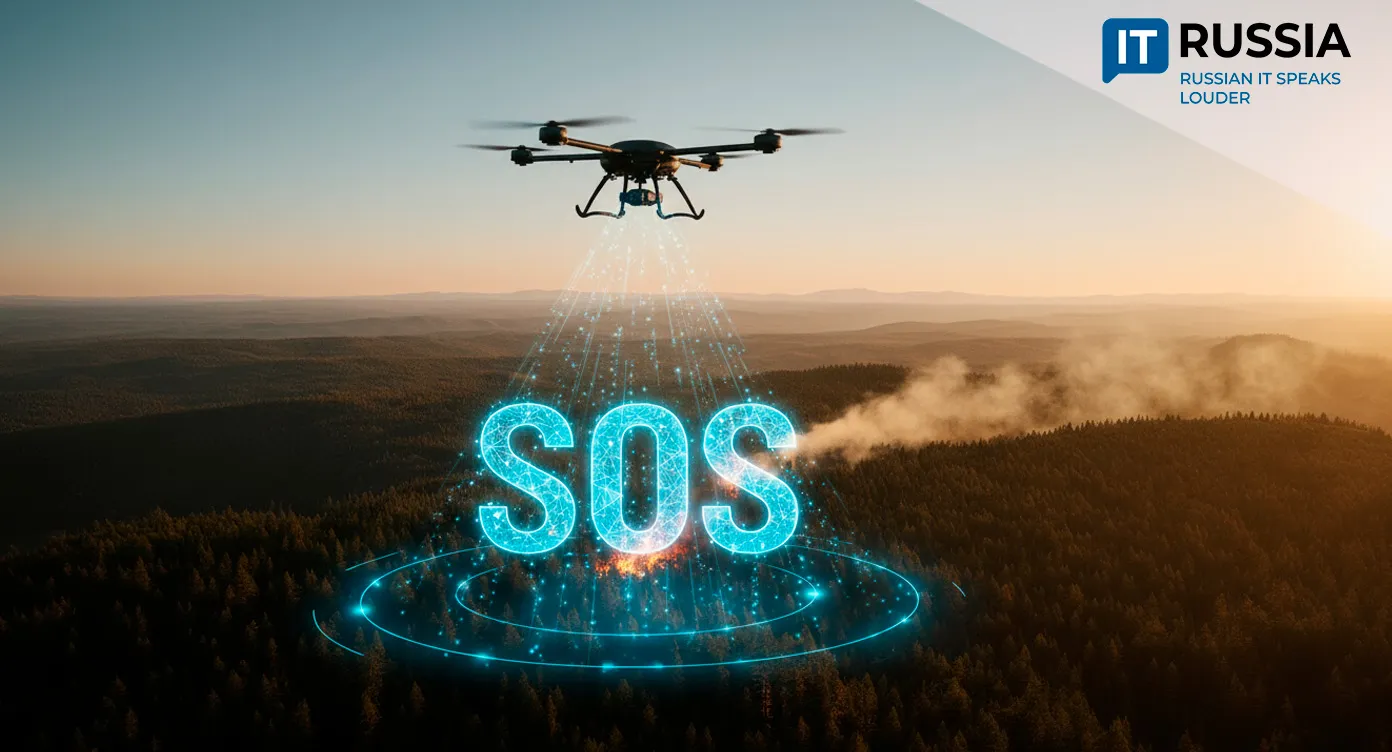Student’s Robot Panda Uses AI to Teach Sign Language in Russia
A 17-year-old student from the Moscow region has built an AI-powered robot designed to help children with hearing impairments learn sign language. The invention — a friendly panda named Daktik — combines robotics, artificial intelligence, and inclusive education to make communication more accessible and engaging.
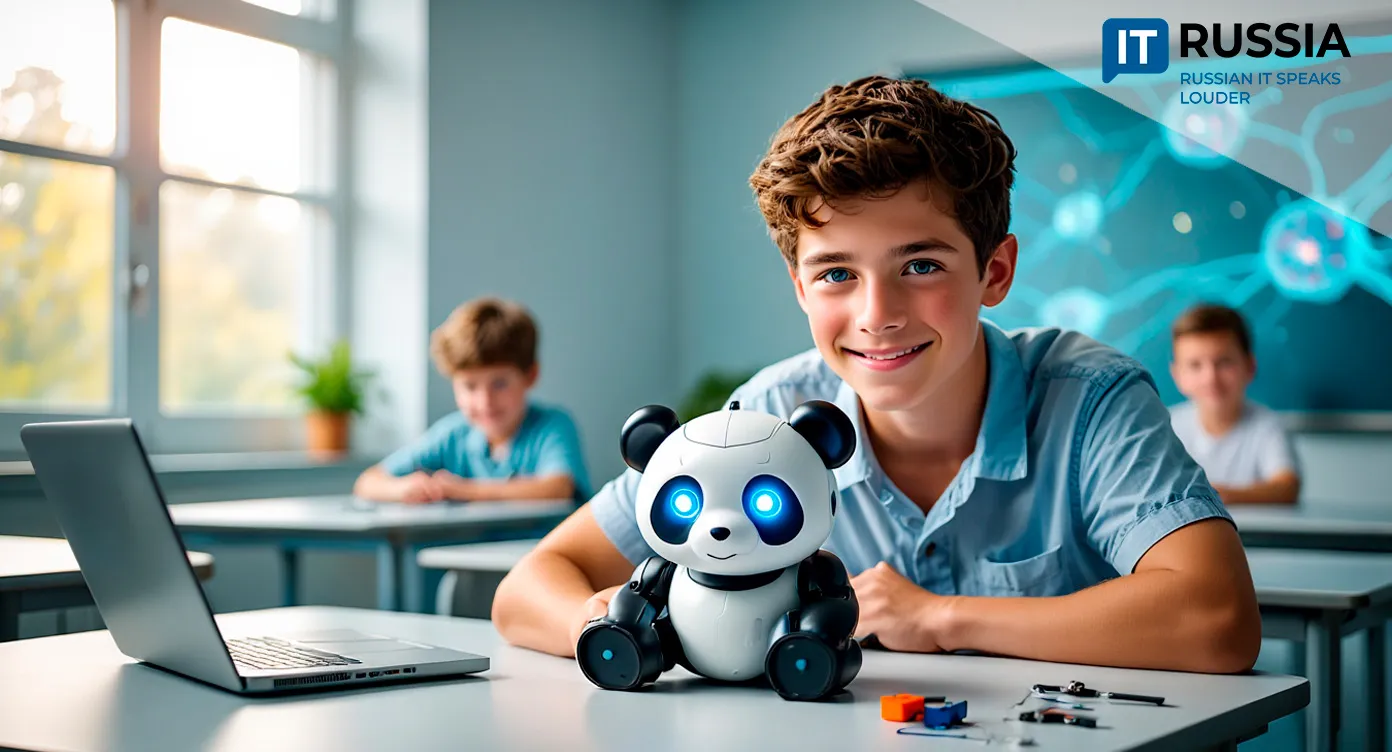
A Little Friend for Deaf and Hard-of-Hearing Children
In the city of Elektrostal, high school senior Vitaly Simonov has created more than just a robot — he has built a companion that communicates using sign language. His invention, an AI-powered robot panda called Daktik, has already been tested in a school for children with hearing impairments, where it earned praise from teachers and specialists. Simonov now plans to patent the device to make it widely available.
The concept behind Daktik is simple yet ingenious: it teaches sign language through play. The robot uses artificial intelligence and robotics to adapt to each child’s learning pace, correct mistakes, and encourage progress.
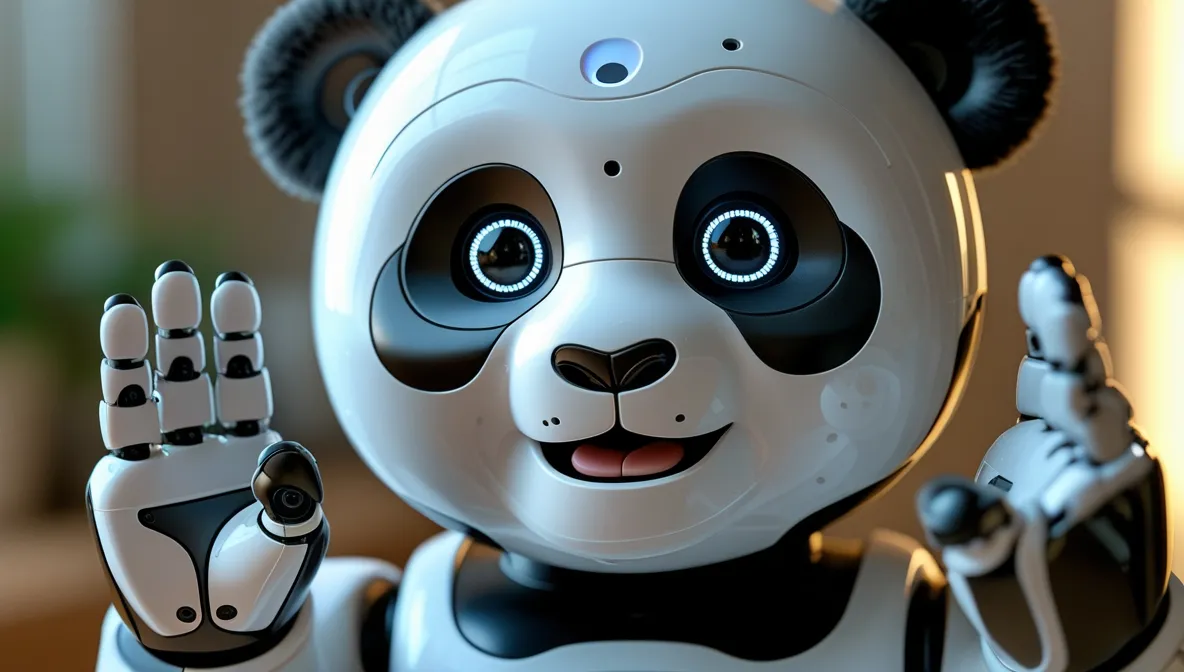
This gamified approach makes learning engaging and less intimidating — a major benefit for children who often struggle with conventional teaching methods. Ultimately, the project serves a greater purpose: it helps bridge the communication gap between hearing and non-hearing people, promoting inclusivity through technology.
From Local Prototype to Global Potential
At present, there is only one prototype of Daktik, but once the patent process is complete, the robot could be introduced into schools across Russia. Such innovations are attracting growing attention from tech accelerators and social entrepreneurship programs, as the demand for assistive and educational technologies rises worldwide.
If adapted to other sign languages — more than 300 exist globally — the project could enter international markets. However, scaling up will require not only technical refinement but also certification, industrial production, and a well-structured market strategy.
From Idea to Product: Challenges Ahead
Turning a prototype into a market-ready product is no easy task. The patenting process requires legal expertise and proof of innovation. Independent studies will also be needed to confirm that the robot effectively improves children’s communication skills. While there are comparable tools — including mobile apps and educational gloves — Daktik’s success will depend on its usability, interactivity, and emotional appeal. If Simonov’s concept achieves these, it could establish a new niche in social robotics.
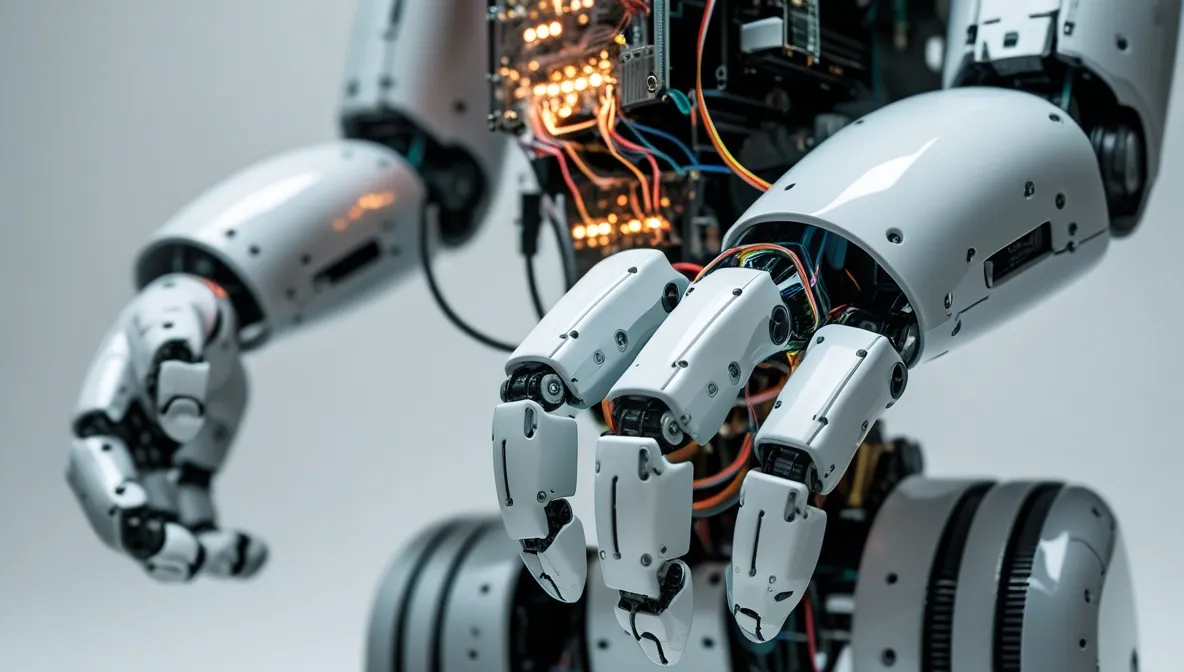
Russia’s Role in Social Robotics
Vitaly’s invention did not appear in isolation. In recent years, Russia has seen rapid progress in artificial intelligence, robotics, and inclusive education initiatives. Researchers at Siberian Federal University are developing neural networks for sign language recognition, Moscow engineers are designing robots for live translation, and students nationwide are presenting increasingly sophisticated assistive gadgets at innovation fairs. This wave of creativity points to a cultural shift — one where engineering is driven not just by technology but by empathy.
A New Generation of Innovators
If projects like Vitaly’s receive backing from regional governments, education programs, or private investors, they could spark a new movement of youth-led social innovation.
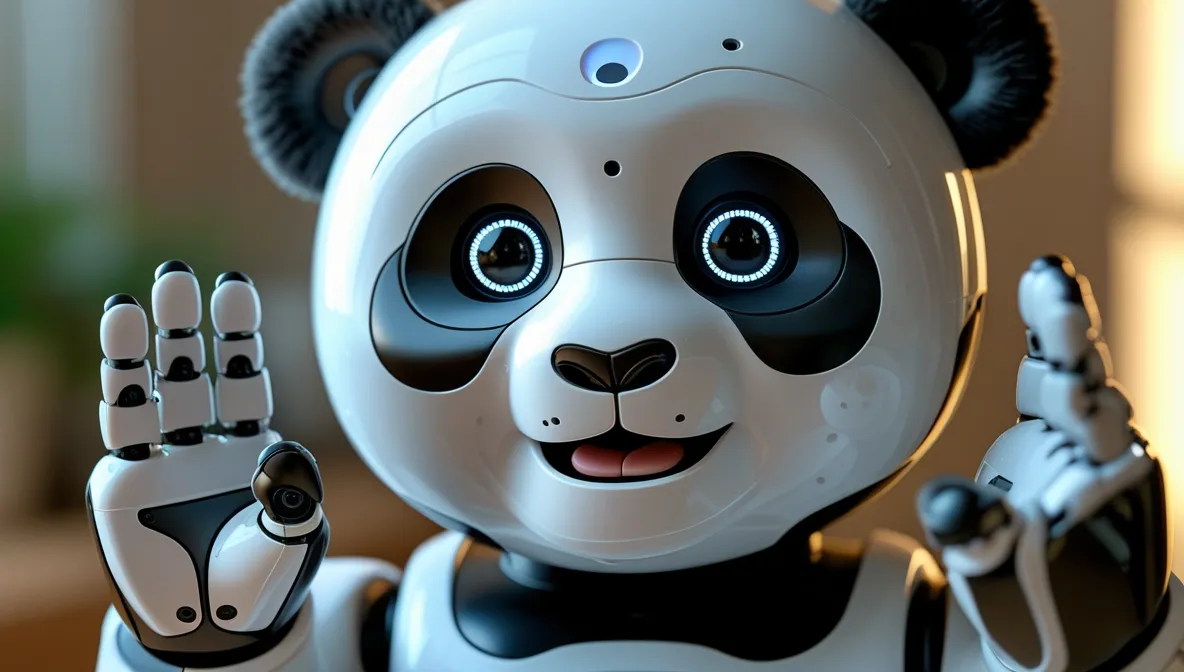
Over the next two to three years, experts anticipate new grants, competitions, and accelerators aimed at student-developed technologies with measurable social impact. These initiatives would not only enhance technical skills but also foster a sense of civic responsibility among young people.
Vitaly Simonov’s story is more than a tale of personal success — it signals a generation ready to tackle real-world problems through science and technology. The robot panda, Daktik, stands as a symbol of a new era — where engineering serves humanity, and the classroom becomes a launchpad for innovation.




